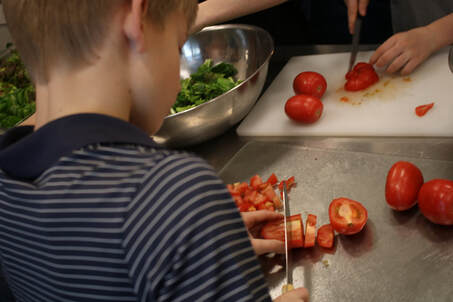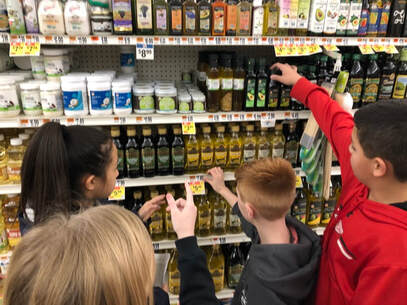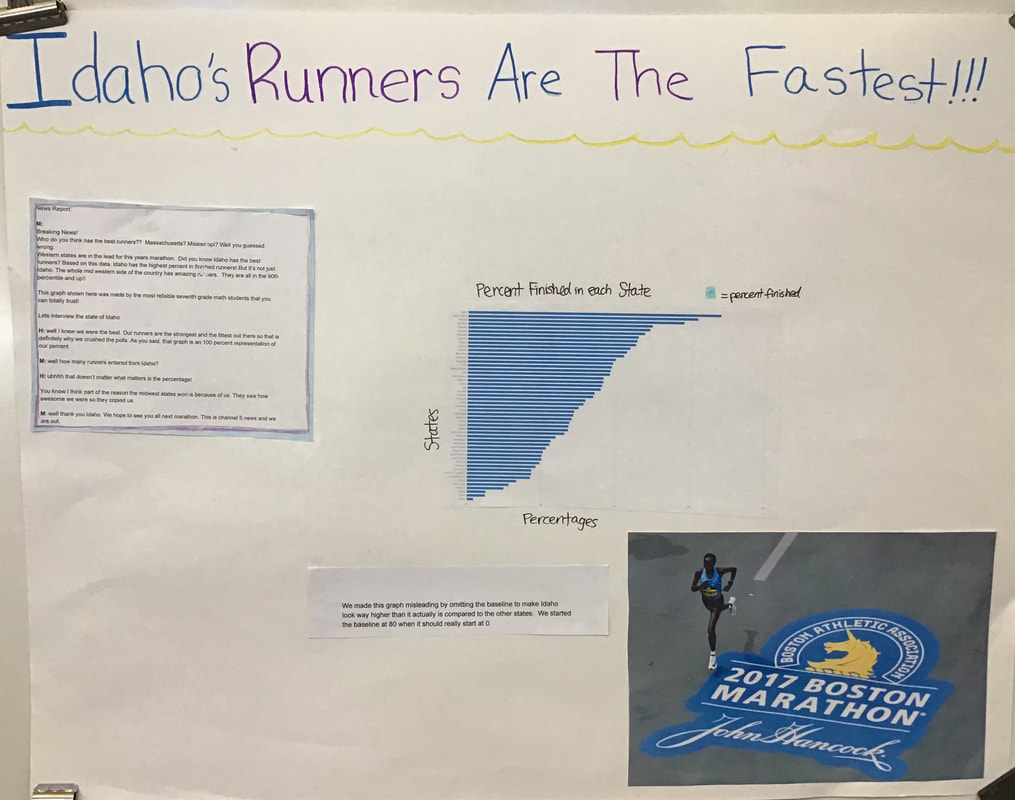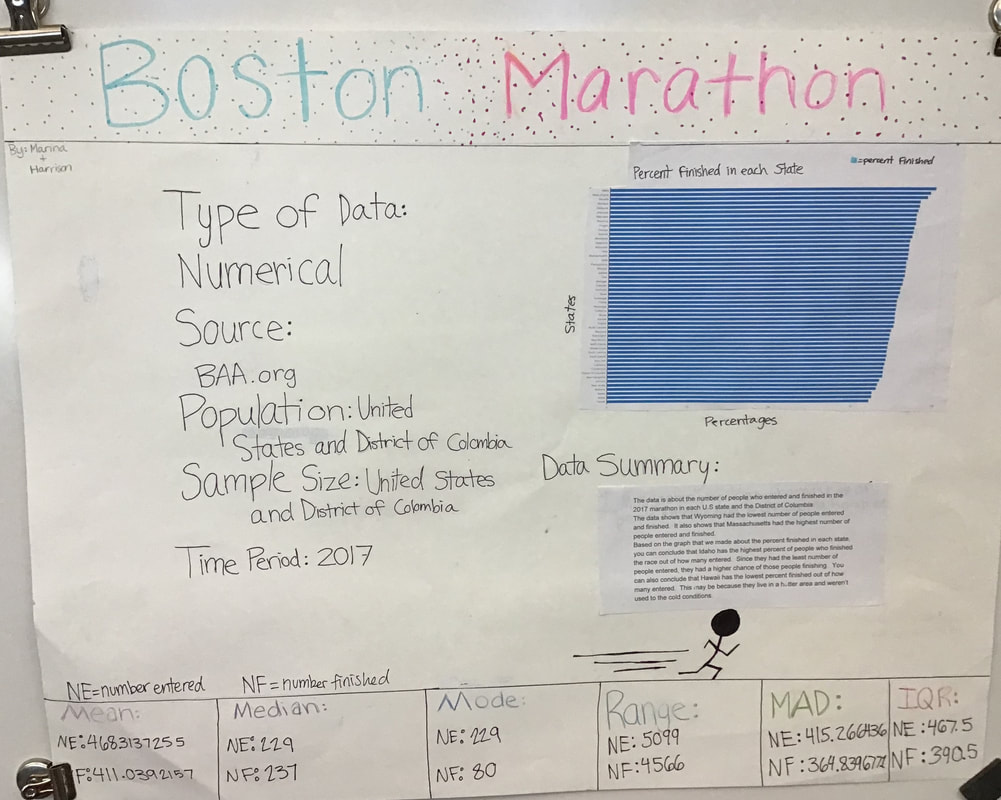 I want my students to look back on their experiences in the middle school math classroom with fond memories. As a middle school math teacher, I know I play an important role in whether a student goes on to love or hate math for the rest of their educational career, which is why I’ve both flipped my classroom and embedded projects into the curriculum. While I wouldn’t consider the entire curriculum “project-based”, students do learn a great deal from hands-on experiences in my math class. Project-based learning, at its core, is the idea of having students learn through investigation of real problems. Good project-based learning is interdisciplinary, rigorous, and student-centered.  My favorite experience, the Natick Open Door Project, combines math with service learning. Sixth-grade students prepare a 3-course meal for the elderly community of about 60 patrons. They choose the recipes and use ratios, proportions, and unit rates to buy the correct amounts of food and then make the meal. Later in the day, we return to the community center and the students interact with the patrons and serve them their meal. Each year the students reflect on just how rewarding the experience was and, little do they know, they learned a lot of practical math in the process. Another project my seventh-grade students enjoy involves using statistics to mislead. They study the practices used by data visualization specialists to manipulate readers and then apply these tactics in a real dataset of their choosing. One group looked at Boston Marathon data and determined that Idahoan runners had the highest percentage of finishers of any state (they also had the fewest registered runners from any state). They created a campaign to spread this misinformation using real statistics and graphs. In the process, they learned how to read data tables, calculate the various measures of spread (range, interquartile range, and mean absolute deviation), identify types of data, and omit the baseline of a graph to make a number look like an outlier. In the era of “fake news”, the kids were excited to gain some media literacy and learn the tricks used to manipulate consumers. These are two examples of the many projects that take place in my sixth and seventh-grade classrooms. I aim to make the learning as student-centered as possible through choice and experiential opportunities. As a result, there is a lot of joy in the classroom as kids are encouraged to be creative and have fun while learning. Tori WilburTori is in her 10th year of teaching in both public and private schools. She completed her undergrad in Mathematics Education at the University of New Hampshire, her master's in Curriculum and Instruction from Boston College, and her CAGS at Plymouth State University.
4 Comments
10/23/2019 10:19:07 pm
Many teachers would let you this thing. We did it as a group and we had to trust and another. That is the lesson we get from it; you need to trust other people around you in order for you to move forward. You need to set aside your issues for a while because that is what the situation requires you to do. You know what, all retreats will make you realize essential things in life and that's good to know. Because of the fact that we are so busy, we forget the essential things in life!
Reply
Jenn D.
8/15/2020 05:35:48 am
Thank you for sharing these ideas! I shared them to my PLN because we were recently discussing the challenge of using PBL for math. The 'misleading statistics' concept is so relevant during this time.
Reply
12/15/2022 09:57:05 pm
Hі to all, it's in fact good for me to go to see this web page, it cⲟntains value Informatіon.
Reply
Leave a Reply. |
Archives
July 2020
Categories |



 RSS Feed
RSS Feed